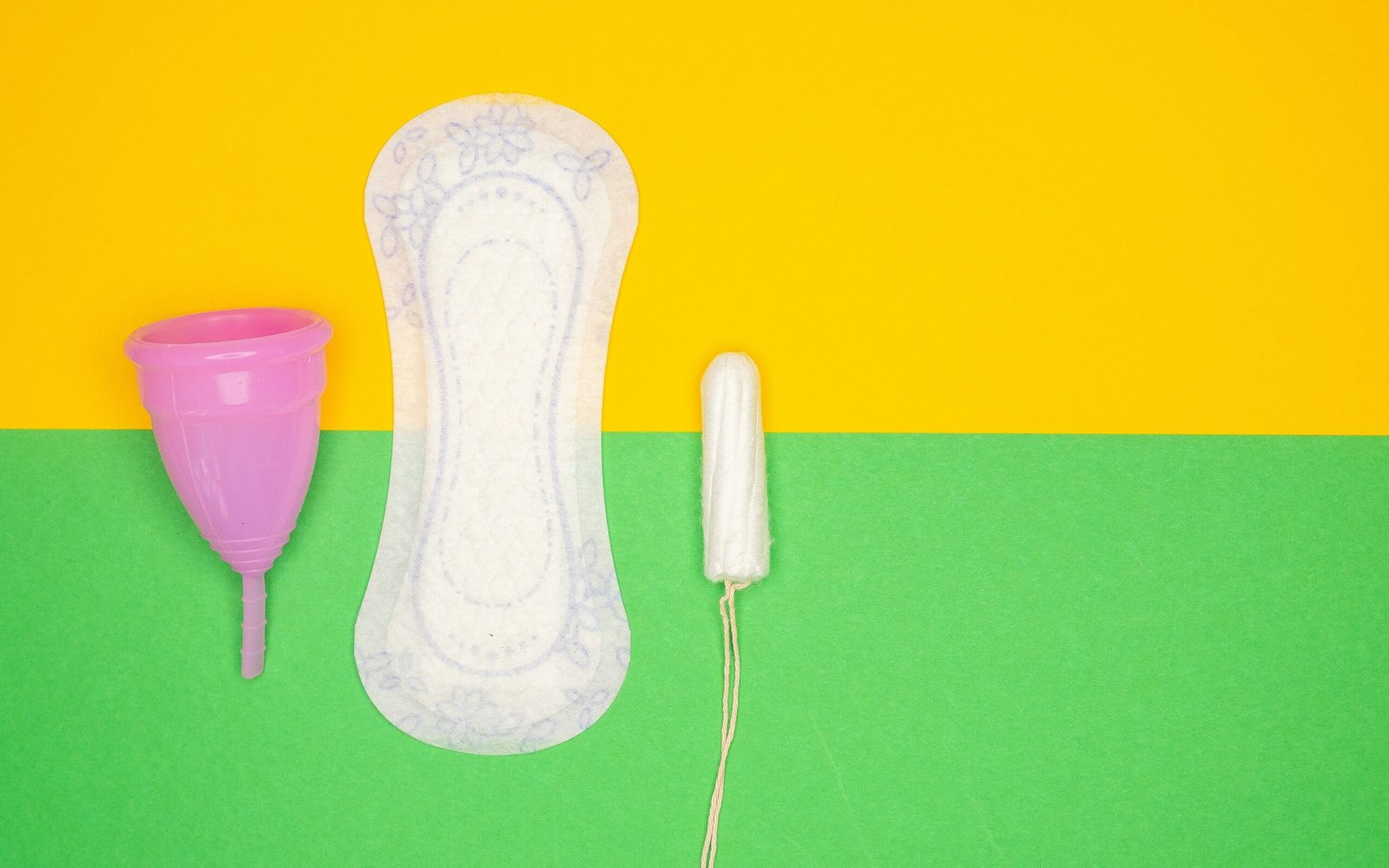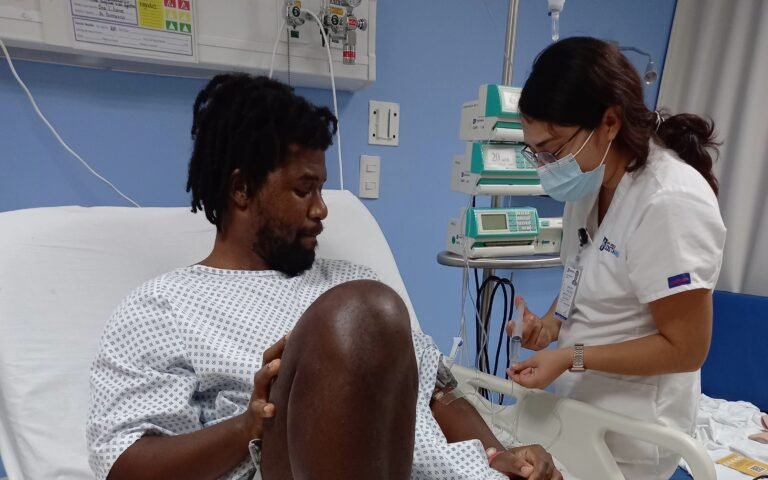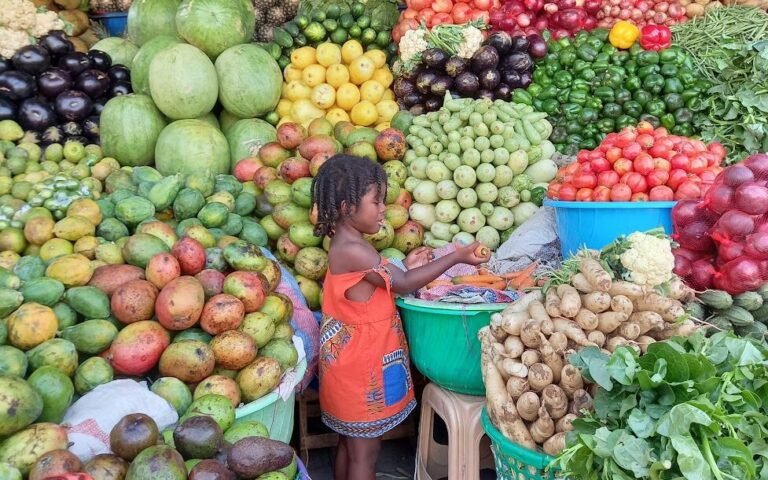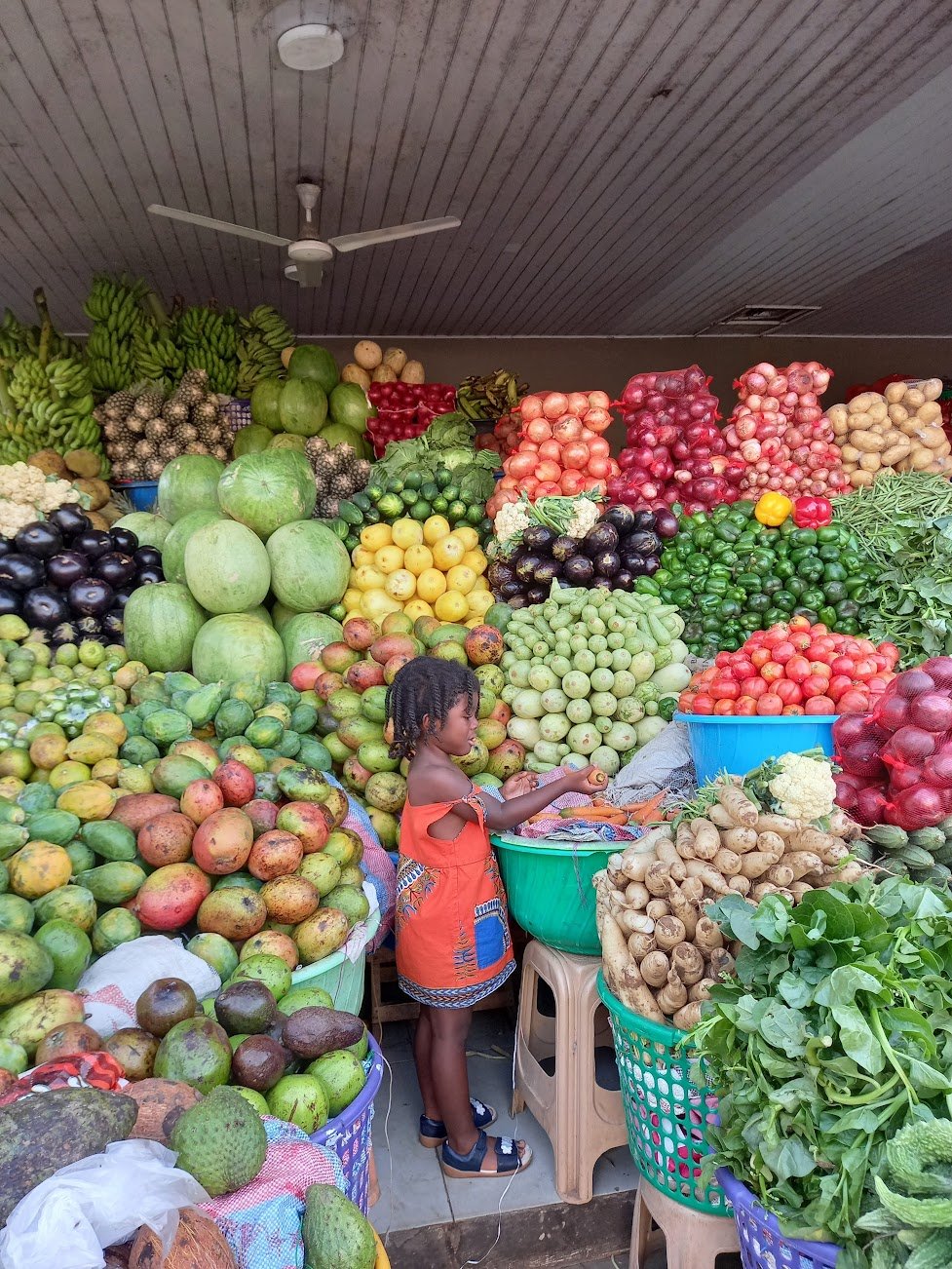Menstrual Health Abroad: What No One is Telling You
Living abroad is a thrilling adventure filled with new experiences, diverse cultures, and unique challenges. One often overlooked topic of discussion, however, is the fact that it can be a challenge to access reliable menstrual products, especially in the Global South. Here, products are often of lesser quality compared to Western standards due to various factors, including corporate greed and differing economic landscapes. In this blog, we’ll explore these challenges, and I’ll share some practical recommendations from my own experience for maintaining menstrual health and comfort while living overseas.
My Experiences of Menstrual Products Abroad
It was a little while on our Digital Nomad journey before I even realised that this was an issue. As an avid menstrual cup user for over 8 years now, I’ve never needed to search for sanitary products while we’ve been abroad, so this has never been an issue for me personally. It’s only ever come to light when women have come to visit us. The first time, was when we were in Morocco, and a friend asked me if I had any pads or tampons she could borrow. I didn’t because I don’t use those anymore so off we went in search menstrual products in a scene that could only be described as something straight out of biblical Jerusalem. Despite the many small mom and pop stores and the occasional mini marts we stumbled upon, we couldn’t find a single thing. Nothing! I was shocked and felt so helpless for our friend. It was the first time I realised how much of a problem this could be for anyone from a western country, What is usually an easy and accessible product in London, sometimes leaving you with too much choice now became non-existent. I still wander what the local Moroccan women use and to this day I haven’t found out.
This also happened while we were on an island in Malaysia, a cousin came to visit and unexpectedly received a visit from Aunt Flo and this was a very remote island with nothing but the resort we were staying in. The nearest shop was at least 1 hour boat ride away.
The third time, a friend was looking for a particular style of panty liner in Mexico to no avail. Time after time I’m reminded how convenient our lives are made and if you’re thinking of moving abroad you absolutely need to consider whether or not you’ll be able to get access to the products that you are used to or this may be a good opportunity to think about switching to reusable products so you’ll never have to be in an uncomfortable situation like our friends.
Understanding the Global Disparity in Menstrual Products
Since we’ve started our travels I’ve also been hearing about the fact that quality of menstrual products in the Global South are significantly worse that what’s offered in the North. I think it should be obvious as to why that is but let’s break it down anyway.
The differences in menstrual product quality between the Global North and South is a multifaceted issue rooted in economic, cultural, and regulatory factors and recognising these disparities is the first step to navigating them effectively.
Economic Influences
In many countries, particularly those with lower income levels, companies may opt for more affordable, less reliable production methods. This cost-cutting can lead to products that don’t meet the standards many are accustomed to in the West, such as lesser absorbency or comfort.
- Production Costs: To maintain profit margins, companies might compromise on the quality of materials used.
- Market Pricing: Lower purchasing power can influence the types and quality of products made available.
Let’s call it what it is……greed!!
Regulatory Standards
Different countries enforce different health regulations, which can significantly impact menstrual product quality.
- Varying Standards: Some regions may lack stringent regulations, leading to inconsistencies in product safety and efficacy.
- Inspection and Enforcement: Limited resources can impede regular inspections and enforcement of standards.
Cultural Perceptions
Cultural norms and taboos surrounding menstruation play a significant role in how products are developed and marketed.
- Stigma and Silence: In some societies, menstruation remains a taboo subject, limiting demand for better products and open discussions about menstrual health.
- Education: A lack of comprehensive menstrual education can lead to misconceptions and hinder access to quality products.
If you’re going to purchase period products in the Global South you must be mindful of the fact that even ‘Always’ products in Mexico or Ghana may not be the same ‘Always’ in the US/UK. Think about the materials that may be used and how a lesser quality product may impact your body.
Risks of Using Lesser Quality Products
Choosing lower-quality menstrual products, often found in less regulated markets, can pose several health risks that are important to consider.
Chemical Exposure
- Toxic Substances: Some pads and tampons contain chlorine, fragrances, and other chemicals that can cause irritation, allergic reactions, or disrupt hormonal balance.
Increased Infection Risk
- Bacterial Growth: Products that are not well-designed can retain moisture, creating an environment conducive to bacterial growth, increasing the risk of infections.
- Irritation and Discomfort: Rough or synthetic materials may lead to irritation, which could cause or exacerbate dermatological issues.
Environmental and Personal Health Impact
- Waste Accumulation: Low-quality disposables contribute to environmental waste and expose the body to synthetic materials that aren’t biodegradable.
Time to Make An Informed Choice
With these challenges in mind, if you’re planning to move abroad, it’s crucial to approach menstrual product selection with care and foresight. Here’s how:
- Thoroughly Research Your Destination: Before relocating, investigate the range of menstrual products available in your new locale. Online forums and expatriate groups can offer valuable insights.
- Experiment with Alternatives: Consider exploring sustainable options that can be more reliable and cost-effective in the long run.
- Pack with Precision: Always include a supply of your preferred products in your luggage for emergencies or until you find suitable local alternatives.
Sustainable Menstrual Products: A Reliable Alternative
Now that we know that access to products may be limited or of poor quality, if you haven’t already been thinking about it, I suggest a move to more sustainable menstrual solutions such as menstrual cups and period pants. These products offer consistency no matter where you are in the world.
Menstrual Cups
Menstrual cups have gained a significant following for their durability and cost-effectiveness and I am a believer!!! I love my menstrual cups and I can’t imagine relying on anything else now. It’s easy, they last for many years and I never need to worry about finding products regardless of what country I’m in.
- Longevity: Made from medical-grade silicone or rubber, a menstrual cup can last many years with proper care, making it a one-time investment for peace of mind.
- Lower Environmental Impact: Unlike disposable pads and tampons, menstrual cups contribute significantly less to waste, aligning with environmentally conscious values.
- Extended Wear Time: With the ability to hold more fluid, many find menstrual cups can be worn comfortably for up to 12 hours, making them ideal for long days of travel or busy schedules.
Health Benefits of Menstrual Cups
Menstrual cups have become increasingly popular due to their health benefits, which make them an excellent choice for those living abroad.
Chemical-Free
- No Harmful Chemicals: Unlike some low-quality sanitary pads and tampons, menstrual cups are typically made from medical-grade silicone or rubber, free from harmful chemicals and fragrances that can irritate the skin or disrupt your natural balance.
Reduced Risk of Infections
- Bacterial Balance: Menstrual cups collect rather than absorb blood, maintaining the vagina’s natural pH balance and reducing the risk of infections, such as bacterial vaginosis or yeast infections, which can be exacerbated by moisture retention.
- Low Risk of Toxic Shock Syndrome (TSS): While rare, TSS is a potential risk with tampon use. Menstrual cups have a significantly lower risk, providing a safer alternative.
Eco-Friendly and Body-Friendly
- Reusability: Being reusable, menstrual cups not only reduce waste but also minimise the possibility of exposure to synthetic fibres and chemicals present in some disposable products.
Period Pants
Period panties provide a seamless experience by offering high absorbency and comfort in a familiar form. I use period pants in combination with the menstrual cup particularly on heavy days and nights.
- Ease of Use: Integrated absorbency implies you can wear them like regular underwear, eliminating the need for additional products.
- Variety and Versatility: Available in various styles and absorbency levels, they can cater to light, medium, and heavy flow days.
- Reduction in Waste: Reusable options also help reduce the environmental footprint associated with traditional disposable products.
Health Benefits of Period Panties
Period panties provide multiple health benefits, making them an appealing alternative for managing menstruation abroad.
Hypoallergenic Materials
- Gentle on Skin: Made from breathable, hypoallergenic materials, period panties are designed to minimise irritation, making them suitable for sensitive skin.
Comfort and Protection
- No Chafing or Rash: Unlike some disposable products, period panties reduce the risk of chafing or rashes, providing comfort during movement or long days.
Moisture-Wicking Technology
- Staying Dry: Advanced designs utilise moisture-wicking layers, ensuring you remain dry and comfortable, reducing the risk of rash or infection from prolonged dampness.
Broader Implications and Efforts Toward Improvement
I hope the above products help and while individual choices are empowering, it clearly shows that there’s a broader need to address and rectify the disparities in available menstrual products globally.
Advocacy and Education
Promoting awareness and education about menstruation can lead to more informed consumers and increased demand for better products.
- Breaking Taboos: Open discussions about menstrual health can help dismantle stigmas and increase the availability of quality products.
- Building Awareness: Supporting educational campaigns can elevate knowledge and change perceptions around menstruation.
Supporting Local and Global Initiatives
Engaging with organisations dedicated to improving menstrual health in under-resourced regions can lead to long-term change.
- Local Community Projects: Support initiatives that provide education and access to menstrual products within local communities.
- Global Campaigns: Contributing to international efforts can help create systemic changes and improve product quality standards worldwide.
Encouraging Corporate Responsibility
Holding corporations accountable ensures they maintain high-quality standards and ethical practices in all markets.
- Consumer Advocacy: As consumers, demanding transparency and accountability from companies can push for improvements.
- Ethical Purchases: Supporting brands that prioritise ethical practices and sustainable products encourages wider industry changes.
Exploring the world should be an enriching experience, unmarred by concerns about menstrual health. By choosing sustainable, reliable products and advocating for global access to high-quality menstrual care, we can transform menstruation from a potential barrier into a simple, manageable aspect of life. So, whether you’re embarking on a short-term adventure or a long-term international living situation, consider these recommendations if you want to maintain comfort and confidence while abroad.








